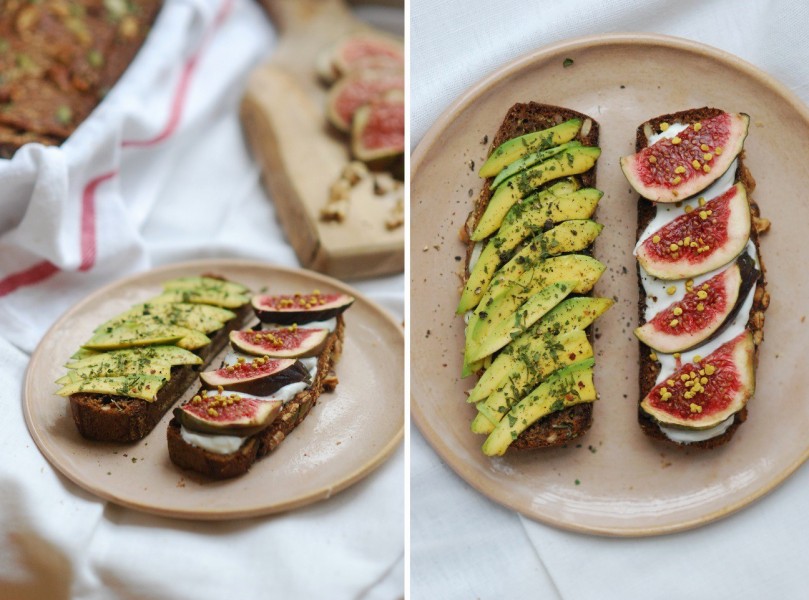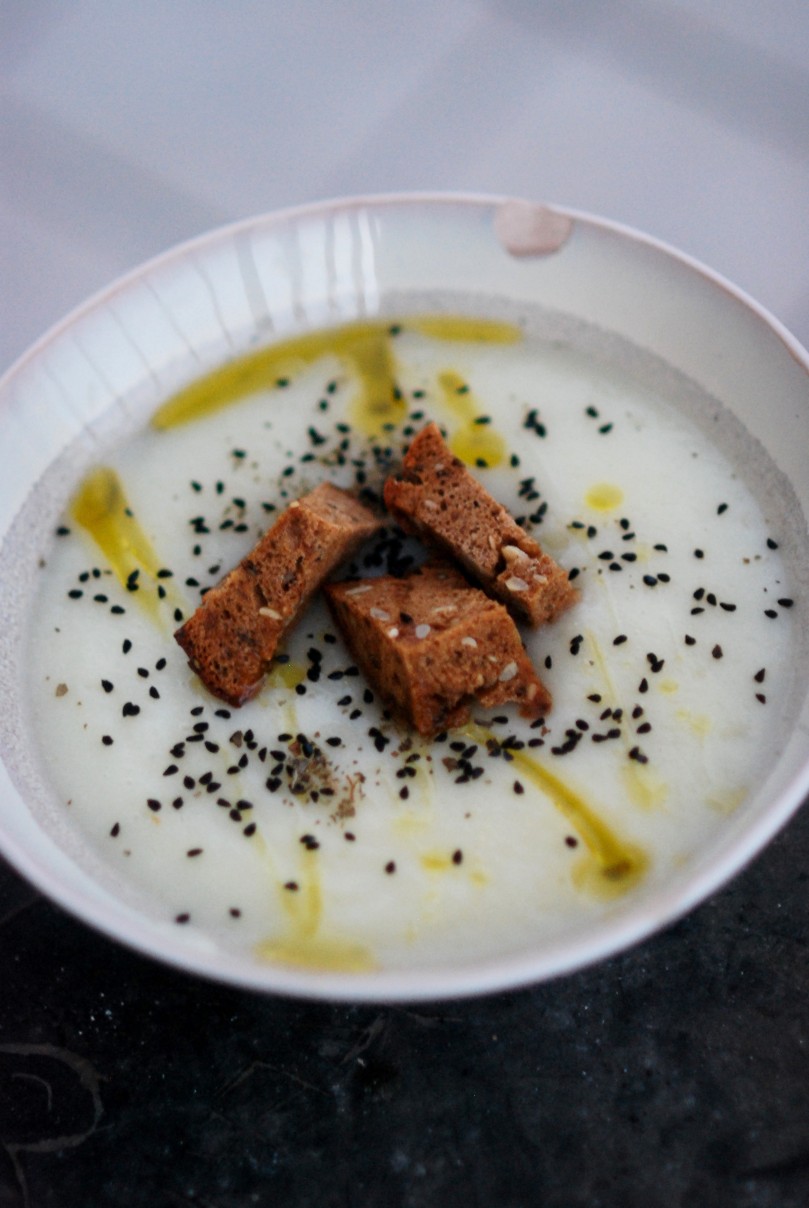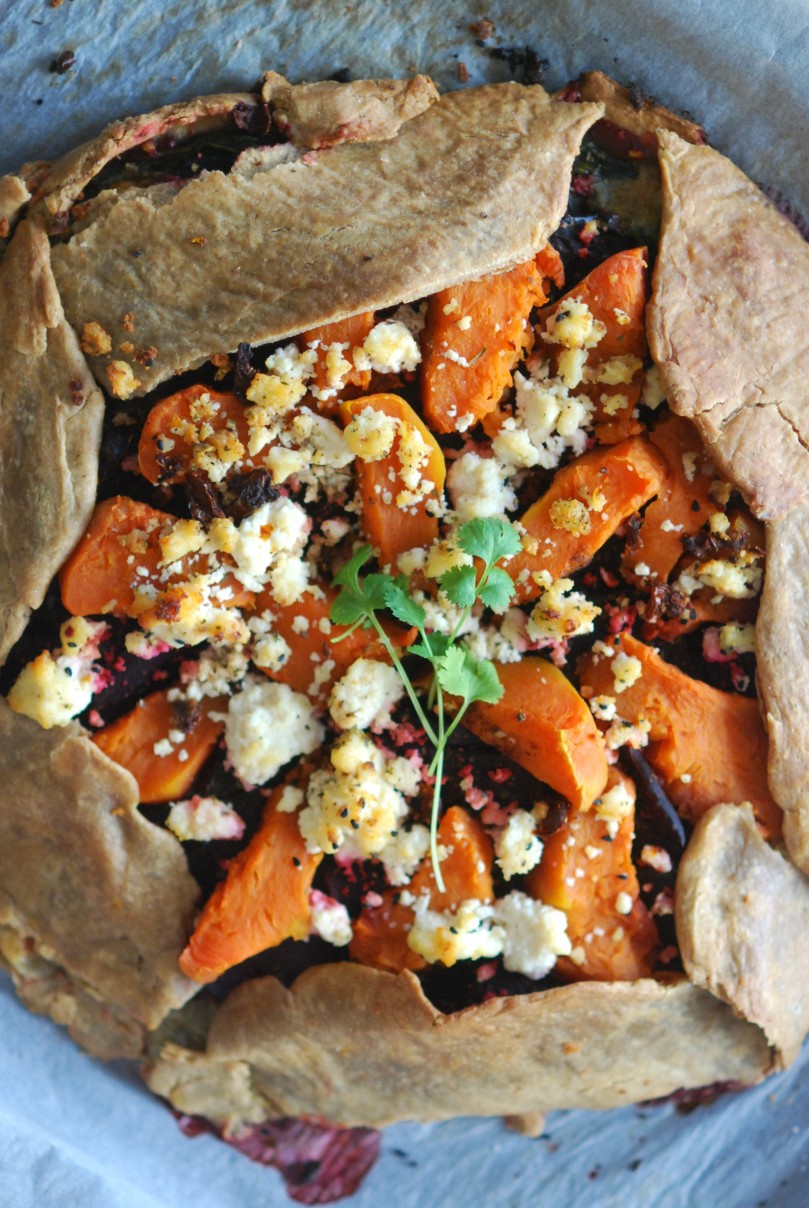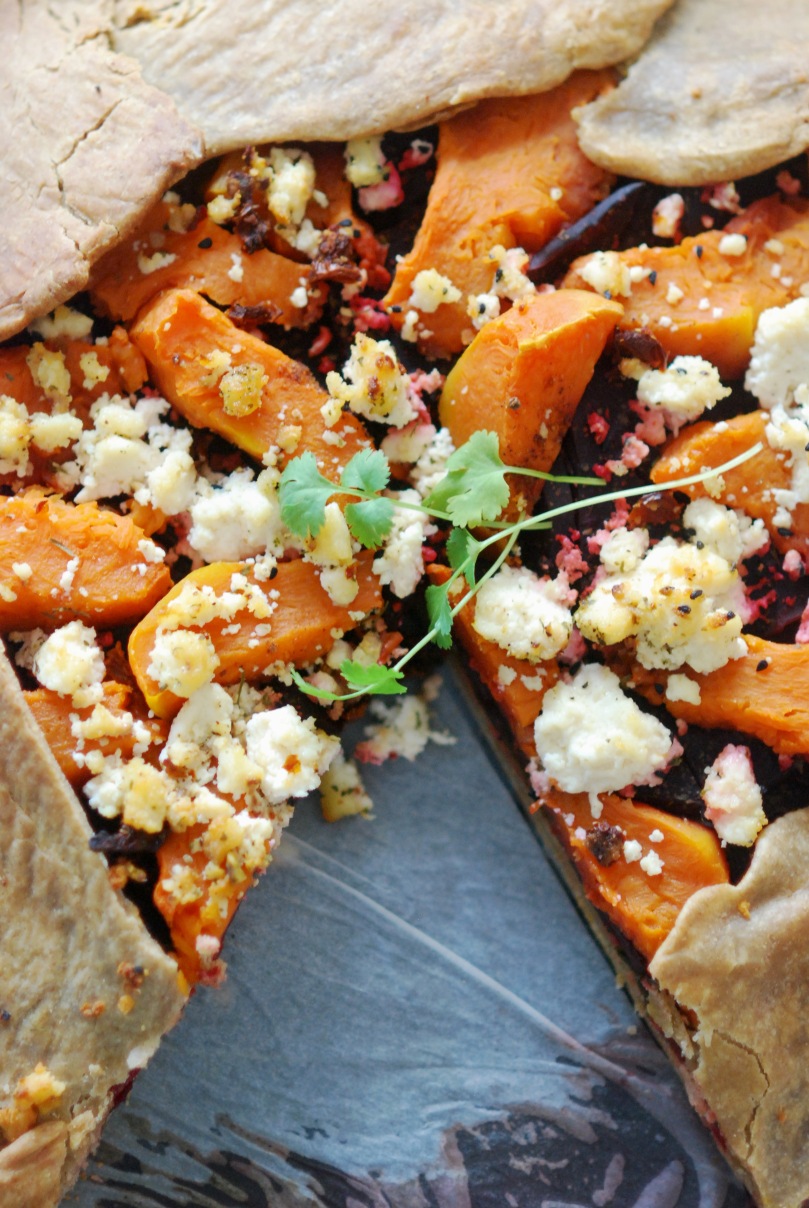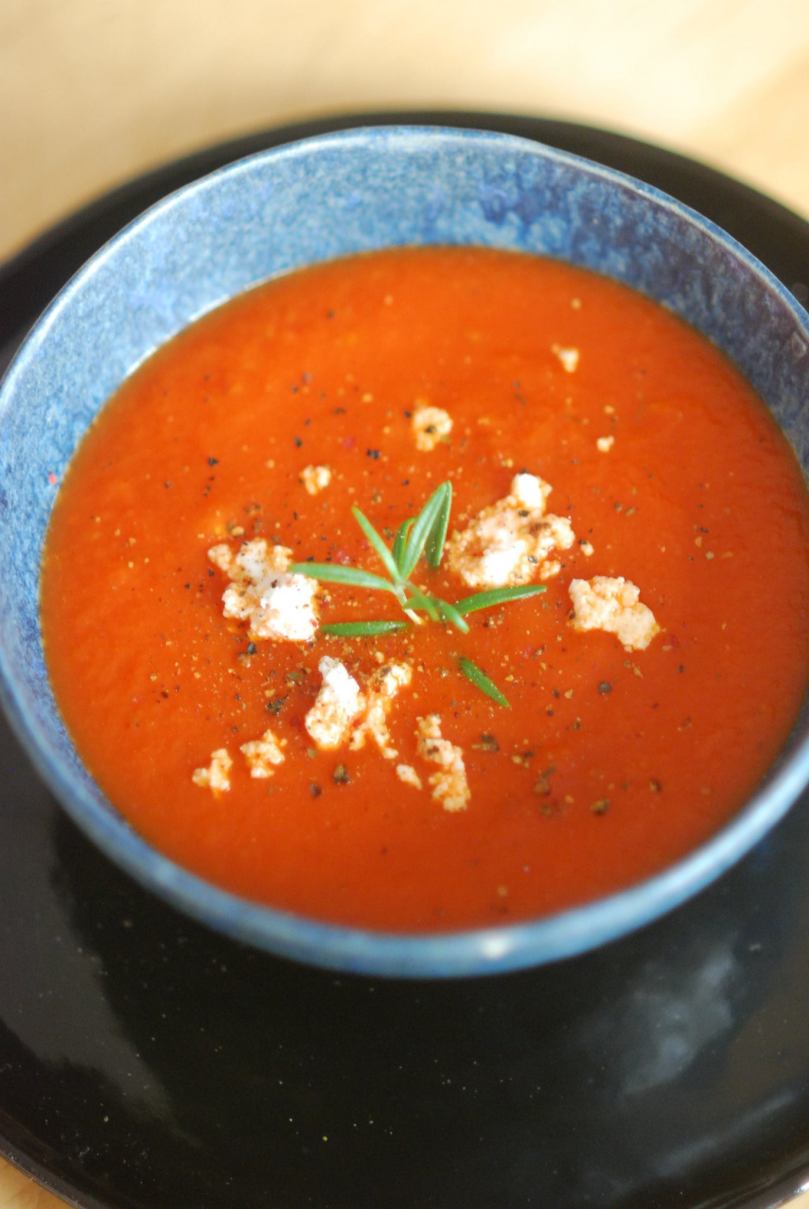Spędzając weekend u Rodziców rozpoczęłam zwiad kuchenny. Wkroczyłam pomiędzy szafki, mając się na baczności. Oho! Trzy dojrzałe banany smętnie czerniały w koszu na owoce. Resztki orzechów czekały na lepsze czasy (albo kogoś głodnego i z niedoborem nienasyconych kwasów tłuszczowych) w ikeowskiej puszce. Mąka orkiszowa, cenny łup dla rozkruszków, kryła się pomiędzy innymi mąkami w najniższej szufladzie.
Coś z tym trzeba zrobić, zdecydowałam, przypominając sobie natychmiast przepis, który wpadł mi w oko kilka dni wcześniej. Postanowiłam go odrobinę zmodyfikować i stworzyć idealny, prosty, szybki bananowy chlebek.
Ale, ale… Z duszą na ramieniu. Bo z tymi bananowymi chlebkami nigdy nie wiadomo. Czasem wychodzą za miękkie. Czasem za niskie. Innym razem w ogóle nie są słodkie, a przy odmiennej okazji nie da się ich w ogóle nazywać “chlebkami”, gdyż przy nadmiernej słodyczy dojrzałych bananów od razu zmieniają się w ciasto…
Jak się jednak okazało, najwyraźniej odkryłam klucz do sukcesu (zaraz się podzielę). Udało się. Chleb piekł się krótko, zdążając jednak wypełnić salon cudowną, już prawie-świąteczną wonią. Wyszedł odpowiednio wilgotny, jednak nie gliniasty, lub – co gorsza – gumiasty. Sprawdził się na podwieczorek, a jeszcze lepiej – podgrzany w tosterze – pasował zarówno do słodkich (greckiego jogurtu, domowej konfitury, miodu, fig i pyłku pszczelego), jak i słonych (awokado, wędzony twaróg, solone masło) dodatków.
Kluczowym elementem okazało się być użycie blendera. Nie słuchajcie tych, którzy mówią, że wystarczy banana rozgnieść widelcem. Dopiero dokładnie rozdrobniony w robocie kuchennym sprawi, że struktura ciasta będzie idealna – bez żadnych grudek, glutów, albo innych żałosnych śladów zakalca.
Po drugie – odpowiednie proporcje soli, przypraw i miodu sprawiły, że chleb perfekcyjnie balansował smakiem na granicy z ciastem. Okazał się być wypiekiem uniwersalnym i naprawdę pasował zarówno do słodkości konfitury, jak i słoności duńskiego masła.
I w końcu właściwa temperatura pieczenia pozwoliła wypiekowi spokojnie dojrzeć w piekarniku, nie zmieniając go przy tym w spalony wiór.
PS. Zwróćcie uwagę, że oprócz oczywistych zalet smakowych, chlebek (z którego, jak widać, jestem zajebiście dumna), ma niesamowite walory zdrowotne. Jest tak naprawdę bombą potasowo-fosforową z dodatkiem kwasu alfa-linolowego. A dla cierpiącego na niedobory magnezu Taty chlebek stanowi nie tylko przekąskę, ale i prawie-lekarstwo!
odrobina oleju kokosowego
170 g mąki orkiszowej
2,5 dojrzałych bananów
2 łyżki miodu
3 jajka
1,5 łyżeczki proszku do pieczenia
pół łyżeczki sody oczyszczonej
1/3 szklanki pokruszonych orzechów włoskich
1/3 szklanki nasion słonecznika
1/3 szklanki pestek dyni
2 – 3 łyżki wiórków kokosowych
garść suszonej żurawiny/rodzynek, lub i tego i tego
1,5 łyżeczki cynamonu
1/2 łyżeczki kardamonu
1/2 łyżeczki gałki muszkatołowej
1/2 łyżeczki suszonego imbiru
łyżeczka-dwie soli
Rozgrzej piekarnik do 180 stopni.
Połamane banany umieść wraz z przyprawami (w tym solą), miodem i jajkami w kielichu blendera. Możesz użyć także miksera ręcznego. Blenduj ok. 2 minuty, do powstania gładkiej masy.
Przelej mieszaninę do miski. Dodaj mąkę przesianą z proszkiem do pieczenia i sodą oczyszczoną. Wymieszaj dokładnie, aż w ciście nie będzie grudek. Dodaj orzechy, wiórki, pestki i nasiona, oraz suszone owoce. Ponownie wymieszaj. Przelej do posmarowanej olejem kokosowym i wysypanej mąką formy. Piecz przez około 40 minut (w skrajnych sytuacjach – do godziny!), w razie potrzeby pod koniec pieczenia przykrywając wierzch folią aluminiową.
Smacznego!
Córka.
While spending the weekend with Parents I began spying in the kitchen. Getting in between the kitchen cabinets I knew I had to be alert. Oho! There! Three ripe bananas sadly blackened in fruit basket. The remnants of nuts waited for better times (or someone hungry and with a unsaturated fatty acids deficit) in white Ikea can. Spet flour, a valuable prey for the pantry moths, was hidden between other flours in the lowest drawer.
Something has to be done, I decided, remembering the recipe that caught my eye a few days earlier. I decided to modify it a little bit and create the perfect, simple, quick banana bread.
But, but … with my heart in my mouth. Because you just never know wit these banana breads… Sometimes they go too soft. Sometimes too low. Another time, they are not sweet at all, and with a different occasion they can not be even called “breads,” because of the excessive sweetness of ripe bananas that immediately turn them into a cake…
But as it turned out, I apparently discovered the key to success. Bread was ready really quickly, in the meantime filling the room with a wonderful, almost-Christmassy scent. It was moist, but not clayey. It turned out to be a great afternoon snack, or even better – heated in the toaster – fit both sweet (greek yogurt, homemade jams, honey, figs and be pollen) and savory (avocado, smoked cottage cheese, salted butter) breakfast add-ons.
A key element turned out to be the use of a blender. Do not listen to those who say that it is sufficient to mash the bananas with a fork. Only thoroughly shredded in a food processor, it will make the structure of the dough perfect – no lumps, no clods, or other pitiful traces of slack-baked cake.
Second – the right proportions of salt, spices and honey made the bread taste perfectly – on the border with cake. It turned out to be versatile and really fit both: the sweetness of jam and the saltiness of Danish butter.
And, in the end , it was the correct baking temperaturę that allowed the bread to grow in the oven without changing it at the same time in a burned chip.
PS. Note that in addition to the obvious advantages of flavor, the bread (which, as you can see, I’m fucking proud of), has amazing health benefits. This is really a potassium and phosphorus bomb, also containing some alpha-linolenic acid. And for Dad,suffering from a magnesium deficiency, this bread it is not only a snack, but almost-a- medicine!
a little bit of coconut oil
170 g spelt flour
2,5 ripe bananas
2 tablespoons of honey
3 eggs
1.5 teaspoons of baking powder
half a teaspoon of baking soda
1/3 cup of crushed walnuts
1/3 cup of sunflower seeds
1/3 cup pumpkin seeds
2 – 3 tablespoons of grated coconut
a handful of dried cranberries / raisins, or both
1.5 teaspoon of cinnamon
1/2 teaspoon of cardamom
1/2 teaspoon of nutmeg
1/2 teaspoon of dried ginger
a teaspoon or two of salt
Preheat the oven to 180 degrees.
Broke the bananas into pieces and place with spices (including salt), honey and eggs in a blender cup. You can also use a hand mixer. Blend for approx. 2 minutes, until it will form a smooth mix.
Pour the mixture into a bowl. Add the sieved flour with baking powder and baking soda. Mix thoroughly until smooth. Add nuts, coconut, seeds, and dried fruit. Stir again. Pour into an oiled and floured baking tray. Bake for about 40 minutes (in extreme cases – for an hour!) If necessary, at the end of the cooking time, cover the surface with aluminum foil.
Bon Appetit!
Daughter.


